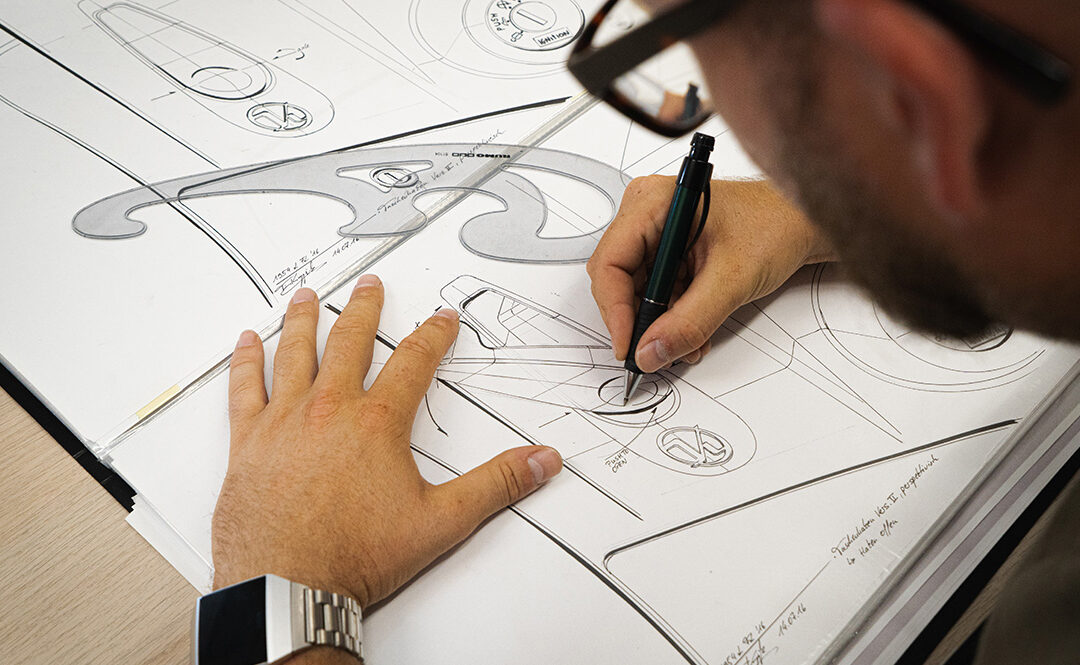Steps for Turning Your Invention Idea Into a Product.
People come up with great ideas to solve issues more often than we think. Not everyone has what it takes to pursue an invention idea and make it into a product. Do you have what it takes? If so, then take a close look at these useful steps for turning your invention idea into a product.
Every product will have its own unique path to success, but these universal steps below are some anyone can follow.
Step 1: Research.
Idea, Market, Patent
Gathering information on an idea is essential. Brainstorming, focus groups, creative concepts, internet research are all great way to inform your idea and, if you follow your research, can naturally help evolve your future product into its ideal form. We use that depth of understanding as a foundation for the initial stages of product development. All of this data provides our design team with insight into the product and the needs of the consumer.
Market Research is something we see time and time again overlooked. Is this something people will actually buy? Look into your competition, you can learn so much from them. Once you know there’s a market, it will be easier for you to determine retail prices and how competitive you want to position yourself.
Note: Just because you haven’t seen your invention doesn’t mean it doesn’t already exist. Before you venture further into the product design process you should complete a search at www.uspto.gov to make sure no one else has patented your idea. Many people start working on the concept and ideation stage without a simple google search. To the unfortunate surprise, many see existing products remarkably similar to theirs, so it is imperative to look out there.
Step 2: Concept and Form
Once your research is gathered and carefully evaluated, its time to start concepting the form and function of your product. A typical product design studio will first deliver to you sketches, doodles, renderings, and or computer-generated exploration imagery of your product. This is a process defined by a target market, demographic and expectations. Experimenting with that information defines the form.
Finding a product design development firm can be crucial during this step. Product designers define the look and feel of your idea.
Step 3: File a Patent
If you want to license your idea to another company, the only way to secure your idea is to own the intellectual property of your invention and for this you have to file a patent with the U.S. Patent and Trademark Office or the country you intend to sell it in.
It is not mandatory for you to patent your idea in order for it to be successful nor do all ideas get patented. In order to file for a patent you will need patent drawings, an abstract, a description and the claims. There are many types of patents, the two most common in product design are Utility and Design patents. If you want to save some money you should file for a provisional patent. Filing for a provisional patent is a faster and more economical way to file your application and get your invention protected because it allows you some time to finalize the design before filing a full patent.
Step 4: Prototyping
A prototype is typically a 3D model of your idea. This step is one of the most important steps you will face during your design journey. During this step you get to prove that your idea works. Depending on the size, shape and mechanics the prototype, it can be made of materials as simple as paper, cardboard or out of 3D printed polymers.
It’s always important to try to aim for a fully functioning model of your idea. If it’s its to big or to expensive to prototype, you can always build a scale model (smaller version) to validate the mechanic and ergonomics of it.
Step 5: Mechanical Engineering
Once the shape is defined it’s time to refine the idea in CAD in preparation for manufacturing. Mechanical engineers or industrial designers will modify any pre existing CAD from the prototype phase to get ready for what’s called DFM (design for manufacturing). Having the idea in a 3D software will allow the creation of technical drawings which can be used to communicate with suppliers about manufacturing.
During this step a professional mechanical designer can make sure your product can be manufactured and ready for distribution.
Step 6: Manufacturing
Depending on your idea and story behind it you may be inclined to manufacture locally. Or, as is typical the reason most manufacturing is done overseas, it may be more lucrative and efficient to manufacture abroad. This is an exploration you will have to deal with and decide what is best for you and the product. Whichever this may be and how this may benefit your brand will come down to establishing solid relationships with the people that will manufacture your idea. You have to request quotes, visit them if possible, get to know them, compare their prices and services to others and finally decide.
It’s very important to remember that from the time you conceive your idea to when you can see those boxes with your product in front of you, it can, and typically takes a very long process. Most inventions take years to come to completion. Be persistent and follow due diligence in each of your steps.

Recent Comments